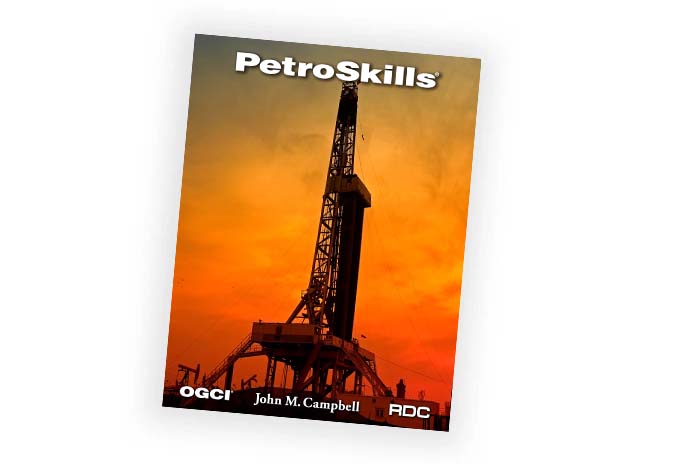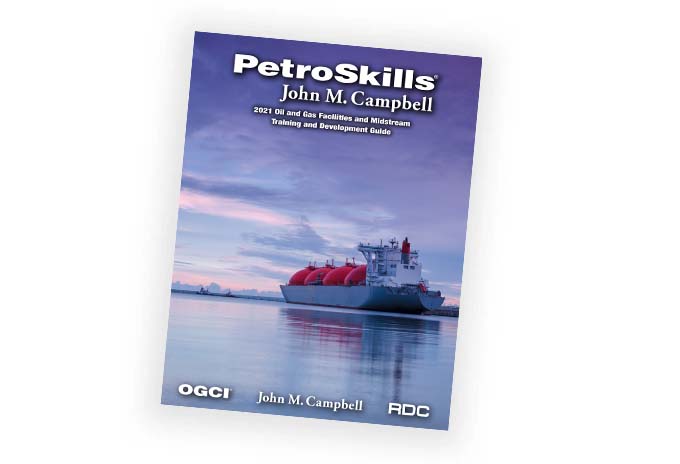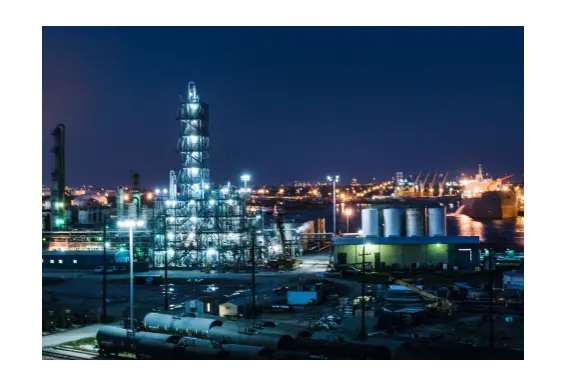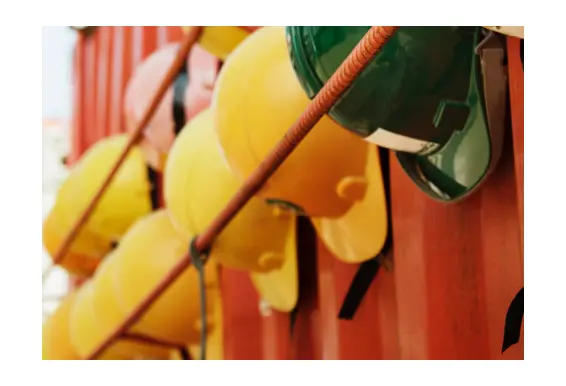Basic Petroleum Geology - BG - eLearning series
About the Course
This course is designed to introduce anyone to the basic concepts of Petroleum Geology. An important goal of the course is to explain the vocabulary and context of Petroleum Geology so that participants can learn and understand the role of the Geologist in the overall process of Petroleum Exploration and Production, for both Conventional and Unconventional Resources. The course is supplemented by a large number of case histories and examples that concretely illustrate the concepts and principles presented in the course material.
This program is comprised of the PetroAcademy Skill Modules listed in the Course Content section. Each module ranges from 3-5 hours of self-paced or virtual instructor-led activities. Total course duration is approximately 40 hours of self-paced learning.
Target Audience
Petroleum industry personnel in need of basic geological training, including engineering, geophysical, technical support, and administrative personnel.You Will Learn
- The main elements and processes that comprise the petroleum system
- The basics of reservoir fluids - oil, gas, and water
- The phases and stages of exploration, field development, and production for conventional oil and gas fields
- The main phases of the exploration and development process for unconventional resources
- Key technological developments in the history of the oil and gas industry and their impact on petroleum geology
- The Rock Cycle, including the three kinds of rocks and how they form
- How to differentiate between a mineral and a rock, and how to distinguish one mineral from another based on physical properties
- Key concepts of geological time and the difference between relative and radiometric geological time
- Stratigraphic principles and the difference between lithostratigraphy and chronostratigraphy
- How sequence stratigraphic analysis aids in the characterization of petroleum systems
- Key concepts of plate tectonics, including seafloor spreading and plate margin types
- The main types of sedimentary basins and their evolution in the context of plate tectonics
- The main depositional controls for carbonate (e.g., limestone) reservoir rock distribution and how they differ from clastics (e.g., sandstone)
- Classification system for carbonate rocks
- To describe the models for key depositional environments of carbonate sediments
- To distinguish the textural characteristics of carbonate deposits in different settings and describe the implications for reservoir quality and trends
- The main diagenetic processes affecting carbonate rocks and their impact on reservoir quality
- The main depositional controls for clastic (e.g., sandstone) reservoir rock distribution
- Categories and classification systems for clastic rocks
- To describe the models for key depositional environments of clastic rocks, including onshore river and desert settings, marginal marine beach and delta settings, and deep water submarine fan settings
- To distinguish the grain size characteristics of clastic deposits in different settings and describe the implications for reservoir quality and trends
- The basic elements and processes of the petroleum system concept
- The characteristics of high-quality source rocks and the concepts to TOC% (Total Organic Carbon Content) and kerogen type
- The differences between oil and gas source rocks
- The different measures for source rock maturity and how these are used to define the hydrocarbon generation history of source rock units
- The main depositional controls for clastic and carbonate source rocks and the importance of anoxic conditions for the accumulation of organic source rock material
- The concepts of reservoir porosity and permeability
- Controls on reservoir quality by texture
- Post-depositional and diagenetic processes that affect Reservoir Quality
- Classification systems for clastic and carbonate reservoir rocks
- The concept of net pay
- The different types of naturally fractured reservoirs and the concept of dual porosity systems
- The concepts of seal rock characteristics and quality
- The different types of fault seals, including juxtaposition and fault smear seals
- Identify, describe, and understand the formation of key geological fold and fault structures
- Describe principle stress configurations and the implications for the orientation of fractures and faults
- Explain the concept of strike and dip for characterizing the orientation of geologic strata and structures
- Explain the difference between structural and stratigraphic trap
- Recognize uncertainties associated with fault trap
- Describe the types of structural traps associated with extentional, compressional, and strike slip tectonic settings
- Explain the meaning of timely maturation and migration and the concept of "critical moment" for a petroleum system
- Describe the North Sea Central Graben as an example of a vertically drained marine basin petroleum system
- List elements of the North Sea Central Graben petroleum system, explain its timing, and define its critical moment
- Describe the Ekofisk Field as an example of the North Sea Central Graben petroleum system
- Describe the East Venezuela Basin as an example of a laterally drained marine basin petroleum system
- Describe the Songliao Basin, NE China as an example of a terrestrial basin petroleum system
- List elements of the Songliao Basin petroleum system, explain its timing, and define its critical moment
- Describe the Daan Field as an example of the Songliao Basin petroleum system
- Explain the concept of the Exploration and Production or E&P Cycle
- Understand the steps in the Exploration Process and the work done in each:
- Describe the four Stages of Conventional Field Development:
- Understand the concept of Reservoir Flow Units as the basis for a common industry technique of reservoir zonation
- The basic concepts of 2D and 3D Seismic Data and how it is used to investigate the subsurface
- How seismic data is acquired, processed, and displayed for visualization and interpretation
- How to identify various types of drilling rigs and key pieces of equipment used in drilling, including bits, and how they function
- How to understand the main points of the drilling process, including the basics of horizontal and directional drilling
- The basics of how a well is completed, including through hydraulic fracturing and other techniques of reservoir stimulation
- How rock and hydrocarbon information is gathered during the drilling of a well through mudlogging, coring, wireline logging, and testing
- Basic concepts of reserves and resource estimation
- How to use the Volumetric Method to estimate Hydrocarbons in Place
- What is meant by an Unconventional Resource (UR), and how it differs from a Conventional Field
- Geologic factors controlling productivity of UR plays
- The importance of geomechanical factors, in particular Stress Field Orientation, relative to UR productivity
- Key aspects of the process of Hydraulic Fracturing in Horizontal Wells for UR Development
- What is meant by a “Shale Hybrid Play”
- Two case studies are presented to illustrate and reinforce UR play concepts: Eagle Ford and Niobrara Shale Plays
Course Content
- Foundation Geological Concepts
- Sedimentary Geology - Depositional Controls for Clastic Reservoir Rocks
- Sedimentary Geology - Depositional Controls for Carbonate Reservoir Rocks
- Petroleum System - Overview and Source
- Petroleum System - Reservoir and Seal
- Petroleum System - Trap and Timing
- Petroleum System - Example
- Phases of Conventional Exploration and Development
- Tools and Techniques
- Unconventional Petroleum Resources
Additional
Request a Public Session
If you are interested in a public session of this course, please click the button below to request it.
Request Public SessionIn-House Training
This course is also available upon request as a private, on-site seminar. Contact us for details and pricing.
Request In-House TrainingNeed Help
Contact us if you have additional questions about how to register for or attend this course.
Contact Us



